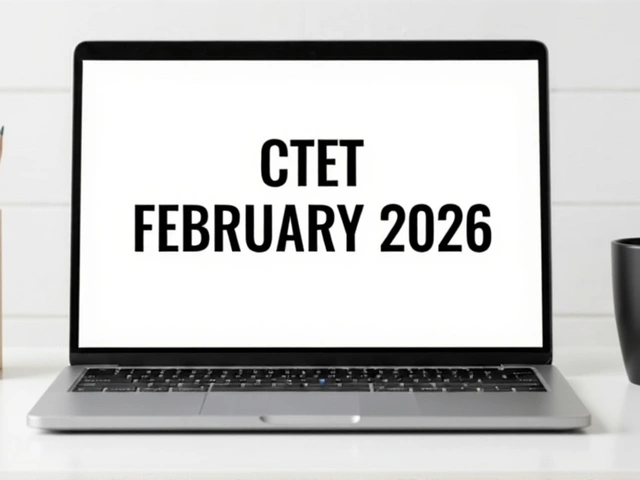P.V. Narasimha Rao: what his reforms mean for property and investment
P.V. Narasimha Rao was India's prime minister during a turning point: the 1991 economic crisis and the set of reforms that followed. He backed policies that untied the economy from heavy state controls and opened doors to private investment. Those moves did more than change trade and industry — they reshaped cities, housing demand, and the whole property market. If you care about property in India, knowing this background helps explain why markets look the way they do today.
Before 1991, real estate development in India moved slowly because builders faced strict licenses, limited capital and little foreign investment. When Rao and his government allowed markets to breathe, private developers found space to operate, banks began lending more for housing, and global capital started scouting Indian projects. The result: faster urban growth, more apartment projects, and a flowering of commercial space in major cities.
Why Rao’s reforms still matter for buyers and investors
If you’re buying a home or investing in property, here are clear, practical ways Rao-era changes affect your choices today. First, greater private participation led to variety — you can now pick from many builders, formats and locations. Second, the rise of housing finance means mortgages are widely available, so leverage options are better than decades ago. Third, urban migration and new industries created steady demand in metros and satellite towns, which drives long-term value in many pockets.
But reform brought complexity too. Faster growth sometimes outpaced planning, so check local approvals, infrastructure promises and zoning rules before you invest. Markets can boom quickly but also correct when supply overshoots demand or when policy shifts occur. Track infrastructure projects, job growth and state-level policies — these are the modern equivalents of the macro changes Rao set in motion.
What to read on this tag and how to use it
This tag groups posts that touch politics, national news and issues that shaped public life after 1991. Use these articles to spot links between policy and property: how media coverage, court cases, or political shifts influence sentiment and buyer confidence. For practical steps, look for posts about market trends, urban policy, and legal changes that affect land and construction rules.
Quick checklist before you act on a property tip: verify builder credentials, confirm title and approvals, estimate true infrastructure timelines, and stress-test your cash flow if prices dip. Policies that started under Rao opened the market — your job now is to read current rules and local realities before committing. This tag helps by collecting context, commentary and relevant news that shape today’s property decisions.
Want to explore linked posts? Scroll the list under this tag to find stories, analysis and updates that connect political decisions to the property market you care about. Keep an eye on policy shifts and city-level plans — those are where long-term property value is often decided.

How is the prime minister of India?
The Prime Minister of India is the head of the Government of India and the leader of the executive branch of the Indian government. The current Prime Minister is Narendra Modi, who was sworn in as the 14th Prime Minister of India on May 26, 2014. He is the first prime minister to serve a full five-year term since the late P. V. Narasimha Rao. Modi has been credited with numerous accomplishments during his tenure, including the implementation of numerous economic reforms, the expansion of infrastructure, and the promotion of diplomacy.




